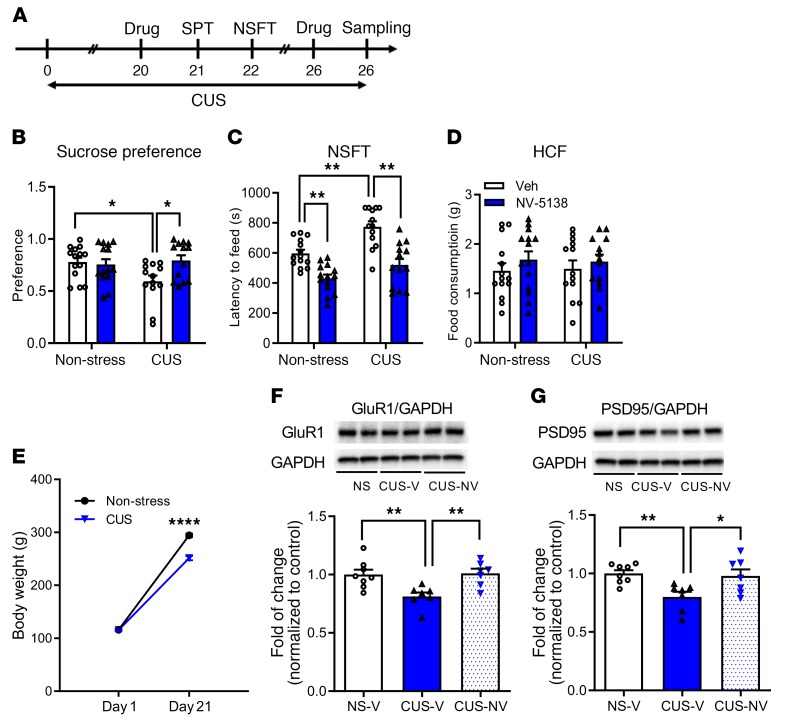Figure 3. NV-5138 reverses the behavioral and synaptic deficits caused by CUS.
(A) Schematic for CUS experiment and effect of NV-5138 (160 mg/kg, day 20 of CUS) on the SPT and NSFT (on days 21 and 22 of CUS). CUS was continued throughout the behavioral testing and tissue sampling on day 26. After a short washout period, a second dose of NV-5138 was administered on CUS day 25 and tissue was collected on day 26. (B–D) Results are the mean ± SEM. n = 13–14/group. (B) CUS decreased sucrose preference and NV-5138 reversed this effect; there was a significant interaction between CUS and NV-5138 administration (F1,50 = 5.20, P < 0.05, effect of CUS: F1,50 = 2.21, P > 0.05, effect of NV-5138: F1,50 = 3.27, P > 0.05). Also, a 3-way ANOVA analysis revealed a significant interaction among CUS, NV-5138 administration, and sucrose consumption (F1,50 = 4.02, P = 0.05). (C) CUS increased the latency to feed in NSFT, and NV-5138 reversed this effect (F1,50 = 1.89, P > 0.05, effect of CUS: F1,50 = 17.52, P < 0.001, effect of NV-5138: F1,50 = 43.4, P < 0.0001). (D) There was no significant effect on HCF (F1,50 = 0.0679, P > 0.05. (E) CUS significantly decreased body weight (F1,104 = 47.06, P < 0.0001, effect of day: F1,104 = 2612, P < 0.0001, effect of CUS: F1,50 = 49.86, P < 0.0001). Results are shown as mean ± SEM. n = 13–14/group. *P < 0.05; **P < 0.01, 2-way ANOVA and Tukey’s multiple comparison test. (F and G) CUS decreased levels of the postsynaptic proteins GluR1 and PSD95 in PFC, and NV-5138 reversed these deficits (GluR1, F2,19 = 7.95, P < 0.01; PSD95, F2,19 = 6.31, P < 0.01). Results are shown as mean ± SEM. n = 7–8/group. *P < 0.05; **P < 0.01, ****P < 0.001, 1-way ANOVA (B–D, F, G) and Student’s t test (E). NS, NSFT; V, vehicle.

